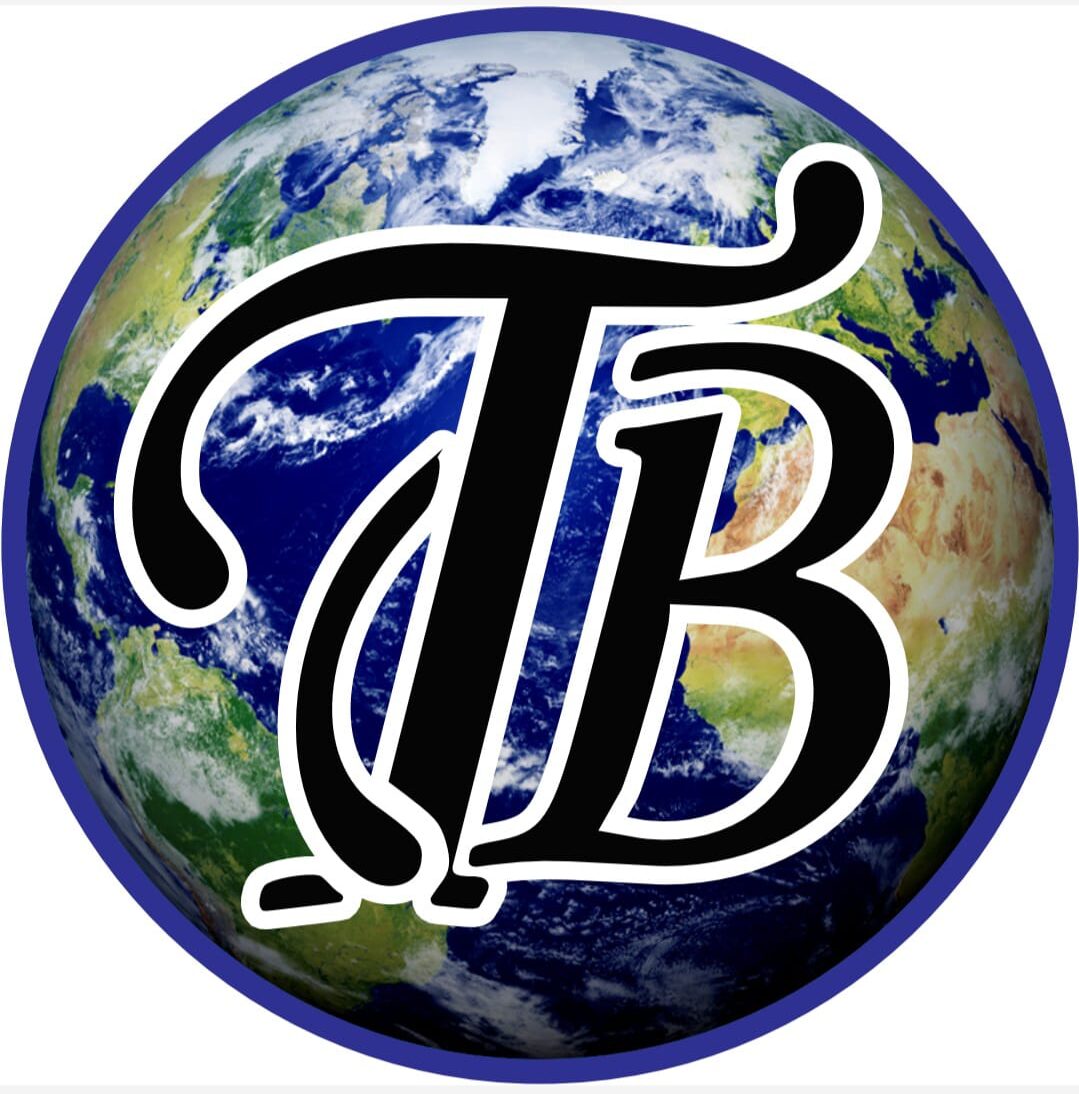Textiles Bar: The Best Website for Textile Calculations in Cotton, Yarns & Fabrics
In the textile industry, precision is paramount. Whether you are determining yarn counts, converting fiber measurements, or calculating fabric GSM and consumption, having access to accurate tools saves time and minimizes costly mistakes. That’s exactly what makes Textiles Bar the best website for textile calculations, offering an unparalleled suite of calculators, charts, and resources designed for industry professionals.
Comprehensive, Reliable Tools in One Place
Textiles Bar stands out thanks to its extensive online calculator suite, covering all major textile calculation needs:
- Yarn Count Converter: Instantly convert between systems like Ne, Nm, Tex, and Denier—perfect for international procurement and standardizing specifications. (Textiles Bar)
- Fabric GSM Calculator: Quickly determine grams per square meter (GSM), fabric linear meter weight, and ounces per yard to ensure quality and cost accuracy. (Textiles Bar)
- Yarn Consumption Calculator for Woven Fabric: Use this to calculate exact warp and weft yarn requirements based on fabric specifications—essential for purchasing and production planning. (Textiles Bar)
- Additional tools like Cotton Color Grade Chart, Staple Length Conversion Charts, and even a Textile ERP System integrate technical knowledge with operational capability. (Textiles Bar)
Live Market Data & Pricing
Beyond calculations, Textiles Bar offers real-time cotton and fiber prices across global trade hubs, including ICE cotton futures, the Cotlook A index, and fiber prices for polyester, viscose, acrylic, and more. (Textiles Bar) This pairing of technical tools with live market data makes it a one-stop platform for both analysis and decision-making.
User-Friendly Interface Made for Textile Professionals
All tools on Textiles Bar feature intuitive interfaces—just enter your parameters and get instant results, no complex formulas needed. (Textiles Bar) This simplicity significantly enhances productivity, empowering engineers, merchandisers, and planners to focus on decisions instead of struggling with spreadsheets.
Why Textiles Bar Reigns Supreme
1. Accuracy and Precision
Every calculator uses industry-standard formulas, designed to reduce waste, optimize material usage, and ensure cost efficiency.
2. Streamlined Workflow
Whether calculating fabric production cost, verifying GSM, or estimating yarn consumption, all tools are accessible from one portal—no more jumping between resources.
3. Cross-Functional Use
- Spinners can verify staple lengths and convert yarn counts.
- Weaving planners calculate EPI/PPI-based yarn needs.
- Buyers and analysts cross-check costs with live fiber price updates.
4. Educational Benefit
Students and textile professionals can learn via practice—using real-world calculators fosters deeper understanding of concepts like GSM, yarn count, and cost budgeting.
Key Feature Pages to Explore
- Fabric GSM Calculation (GSM & weight insights)
- Yarn Count Conversion (standardize cross-system conversions)
- Yarn Consumption Calculator (plan warp and weft needs accurately)
- Textile ERP System (more advanced resource for businesses)
In Summary
Textiles Bar isn’t just a website—it’s an essential resource for textile calculations. Its comprehensive tools, real-time market data, and easy-to-use interfaces make it the most reliable platform for accurate and effective yarn, and fabric costing. Whether you’re a mill manager, exporter, merchandiser, or learner, Textiles Bar equips you to move confidently in today’s textile industry landscape.
Here are a few lines you can add specifically about the costing features of Textiles Bar to strengthen the article or highlight them separately on your website:
Costing Features on Textiles Bar
One of the standout strengths of Textiles Bar is its fabric and yarn costing tools. The website provides specialized calculators that allow professionals to accurately estimate fabric production costs, including warp and weft yarn costing, wastage percentages, GSM analysis, and fabric consumption. These tools help mills, exporters, and buyers create precise costing sheets without the need for complex Excel formulas. With just a few inputs, users can calculate raw material costs, fabric prices per meter/yard, and commission values, ensuring better decision-making and competitive pricing strategies.
By integrating technical calculations with live price updates of cotton, yarns, and synthetic fibers, Textiles Bar ensures its costing features remain both accurate and relevant to current market conditions.
